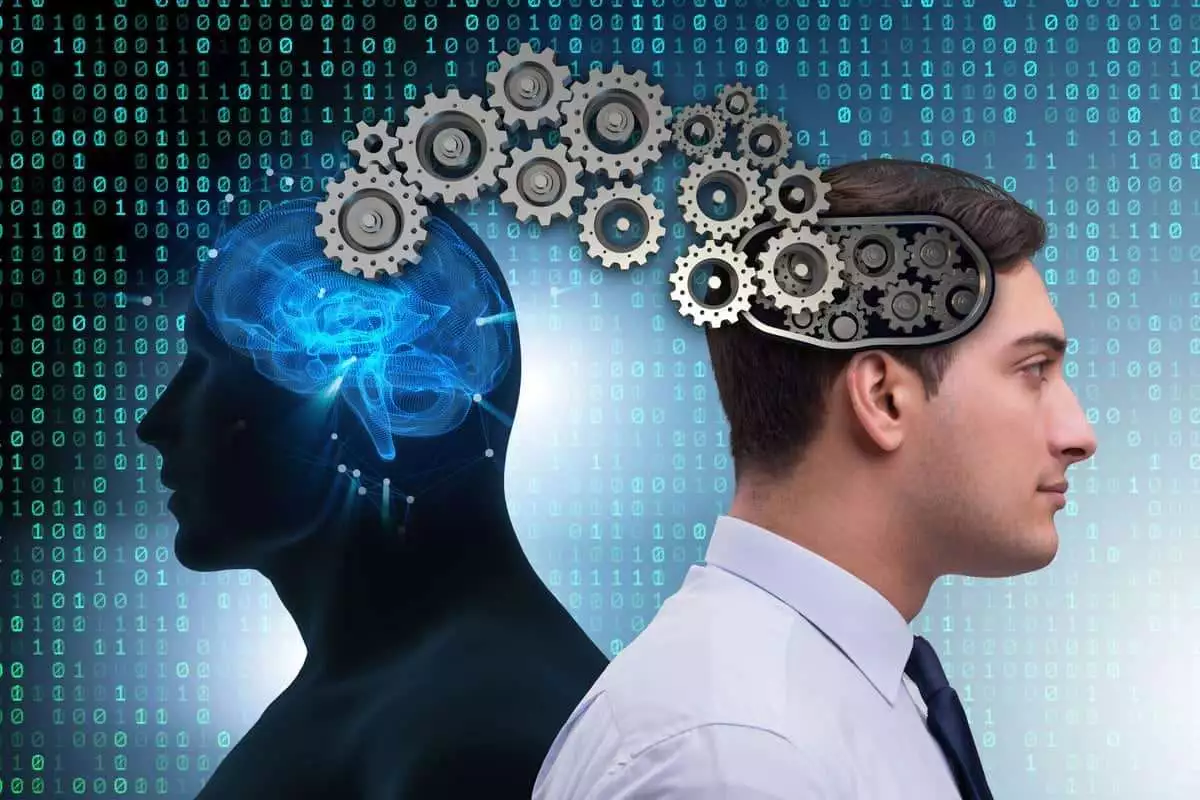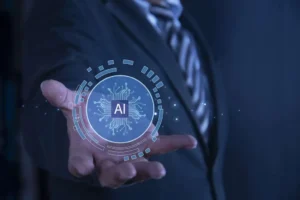Exploring Text Mining, Text Analytics, and Natural Language Processing

Together, text mining, analytics, and NLP form a triad of AI tools that can change how we interact with text-based content and make conclusions. Whether unraveling customer feedback, extracting facts from research articles, or enabling seamless conversations between people and digital systems, these technologies collectively contribute to fact-based judgment and choices.
Statistically, 80% of inflow business textual data stands as unstructured, and it is vitally important for future development to interpret it correctly. In our guide we will focus on specifics of content processing to improve business performance.
What Is the Function of Text Mining?
Text mining acts as a valuable tool for companies, offering a systematic way to get meaningful insights from vast volumes of unstructured data. By analyzing surveys, meeting transcriptions, client feedback, social media conversations, and other textual information, businesses gain a deeper comprehension of customer mood, preferences, and market trends. This knowledge informs strategic decision-making processes, allowing for more targeted product development, improved customer service, and effective brand management.

We are confident that we have what it takes to help you get your platform from the idea throughout design and development phases, all the way to successful deployment in a production environment!
Techniques for Transforming Unstructured Data
Computers interpret language differently than people. Mining employs a range of methods to get the format that can be interpreted. These techniques include:
- Breaking down text into individual words or phrases (tokens) enables the analysis of the core at a granular level.
Example: “Big white dog” becomes [“Big,” “white,” “dog”]. - Stopword removal. Eliminating common words that don’t contribute significant meaning improves text analysis by focusing on essential words.
Example: Transforming “A journey to the moon” to “journey moon.” - Lowercasing. Converting all written material to lowercase ensures uniformity and avoids case sensitivity issues.
Example: Changing “Human Resources” to “human resources.” - Named Entity Recognition (NER). Finding and grouping entities (names, locations, etc.) within text allows us to extract specific information from unstructured data.
Example: Recognizing “Apple” as an organization in a text.
These techniques are fundamental in preparing unarranged data for analysis, ensuring consistency, and facilitating the extraction of meaningful patterns and insights.
How Does It Function?
The process begins with the collection of diverse textual sources: documents, training manuals, surveys, social media content, emails, and more. The initial preprocessing phase involves cleaning and organizing the data, employing techniques like tokenization and removing stopwords to enhance its quality. Advanced methods such as stemming, lemmatization, and NER further refine the written content, preparing it for in-depth analysis.
Once preprocessed, text data undergoes feature extraction, where it is transformed into numerical representations for quantitative analysis. Techniques like vectorization and TF-IDF help quantify the importance of words. The heart of text mining lies in modeling and machine learning, where classification, clustering, and topic modeling algorithms discern patterns and relationships within the text.
The process concludes with insights visualization, providing a clear representation of identified patterns and trends. Continuous validation and iteration refine the models, ensuring accuracy and effectiveness in transforming raw text into actionable knowledge.

Decoding the Distinctions: Text Analytics vs Mining
Together, text analytics and mining are terms often used interchangeably, but they represent distinct facets within the realm of extracting insights from textual data.
Text analytics is a broader umbrella term encompassing various techniques applied to understand and interpret textual information. It involves tasks such as sentiment analysis, categorization, and summarization. The primary focus of analytics is to extract meaningful information and gain a deeper understanding of the context within unstructured text.
Among the basic methods of text analytics are the following:
- Sentiment Analysis: It allows us to determine the emotional tone expressed in the text—positive, negative, or neutral.
Application: Understand customer emotions in reviews, social media comments, or survey responses.
- Categorization: The main goal is classifying text into predefined categories or topics.
Application: Organize documents, articles, or customer queries into relevant thematic groups.
- Summarization: It is used to condense lengthy text into concise summaries.
Application: Generate brief overviews of articles, reports, or other textual content.
Through these specific techniques, text analytics empowers businesses to glean actionable intelligence from their textual data, fostering a deeper understanding of customer sentiments, organizational content, and industry trends.
The Collaboration of NLP and Text Mining
Natural language processing and text mining are intricately connected disciplines, working collaboratively to get valuable insights from textual content.
NLP focuses on the interaction between computers and human language, aiming to enable machines to understand, interpret, and generate human-like text. At the same time, text mining leverages linguistic structures and patterns identified by NLP to extract meaningful information and relationships from unstructured text.
Look at the example of technologies in action when there is a need to extract details in legal documents:
- NLP algorithms can comprehend the legal language, identify entities, and understand the relationships between different clauses.
- Mining techniques help extract specific information, such as names, dates, and legal obligations, from many legal documents.
- Synergy: The combination of approaches streamlines the analysis of legal documents. For example, in e-discovery for legal cases, NLP can assist in understanding the legal context. At the same time, text mining efficiently extracts relevant facts and details, making the review process more efficient and accurate.
In essence, NLP acts as a foundational component, providing linguistic understanding and preprocessing capabilities to enhance the effectiveness of textual data mining.
Utilization of Textual Data Mining Across Various Domains
Content mining finds diverse applications across various industries. Here are specific examples highlighting its versatility:
User review assessment with predictive analytics:
- Objective: Analyzing customer reviews and feedback to anticipate future trends.
- Application: Predicting customer preferences, improving product development, and enhancing overall customer satisfaction.
Social media trend survey coupled with Big Data analysis:
- Objective: Analyzing social media content on a large scale.
- Application: Harnessing Big Data to identify and predict trends, inform marketing strategies, and adapt to evolving consumer sentiments.
Scientific literature mining:
- Objective: Extracting insights from scientific publications and research articles.
- Application: Accelerating scientific discoveries, identifying emerging research areas, and aiding in literature review.
It is also used for categorizing and organizing vast product descriptions in e-commerce. It allows businesses to level up product catalogs, improving search functionality and enhancing the online shopping experience.
Final Words
For AI-based solutions, textual data mining, analytics, and NLP stand as pillars reshaping how we understand and leverage textual data. These technologies, driven by sophisticated algorithms and NLU machine learning, unveil patterns, sentiments, and valuable knowledge from the vast sea of unstructured text.
As businesses and industries increasingly rely on textual data for decision-making, integrating such a triad provides a holistic approach to extracting actionable insights. These tools find applications across diverse domains, from customer feedback from financial news and healthcare literature to legal documents.
The evolving landscape of NLP, marked by advancements in language understanding, further propels the capabilities of these technologies. It promises a future where machines comprehend and generate text with enhanced context awareness, ushering in a new era of communication between humans and artificial intelligence.
Global Cloud Team introduces a transformative element to this field. With expertise in developing custom AI solutions, GCT is poised to address unique challenges using advanced technologies and algorithms. Ready to tailor AI solutions to meet specific customer needs, we stand as a partner in innovation, offering the expertise to navigate and leverage the vast potential within textual data. Whether enhancing customer engagement, predicting market trends, or optimizing operational efficiency, we are committed to crafting bespoke solutions that pave the way for a data-driven future.
Top Articles
What is Hyperautomation: A Comprehensive Overview of Key Components
I am here to help you!
Explore the possibility to hire a dedicated R&D team that helps your company to scale product development.






